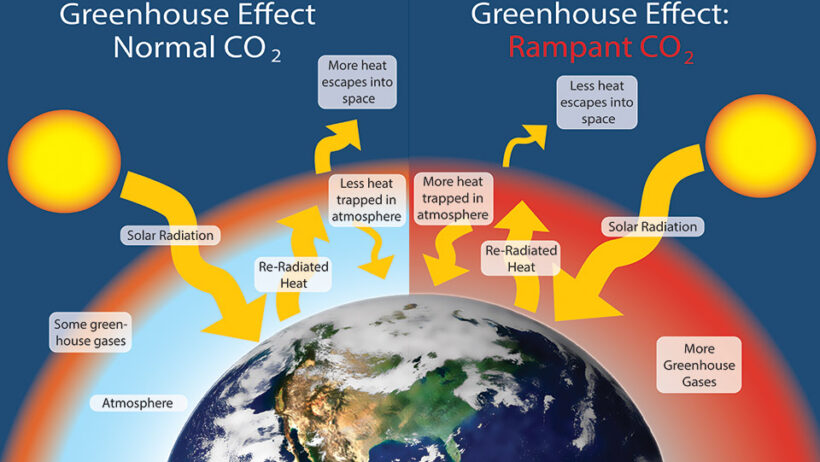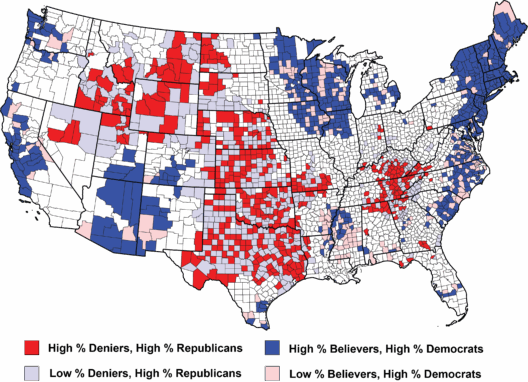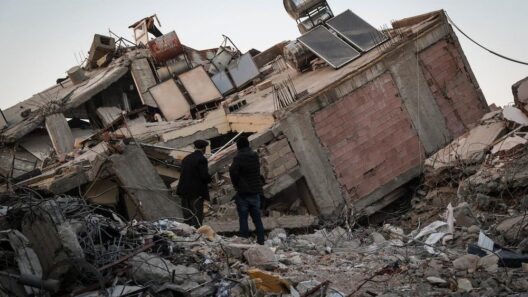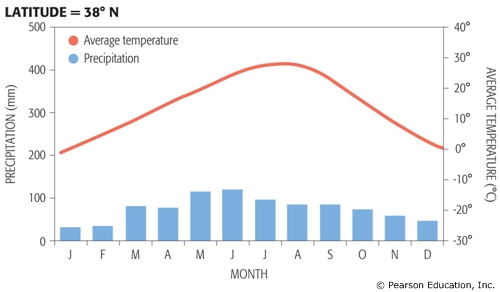In the grand narrative of Earth’s climate system, carbon dioxide (CO2) assumes an undeniable role as a key protagonist, or perhaps, an antagonist, depending on the viewpoint one adopts. Picture the atmosphere as a delicate glass greenhouse—shimmering in sunlight yet perilously fragile. As carbon dioxide levels rise, this greenhouse effect intensifies, creating an environment conducive to myriad changes, both expected and unforeseen. Navigating through the intricacies of how CO2 contributes to climate change reveals a saga far more complex than merely attributing a villainous role.
The science of climate change serves as the foundation of this discourse. Carbon dioxide is not an inherent evil; it plays a natural role in regulating Earth’s temperature by trapping heat in the atmosphere. This phenomenon is crucial for maintaining the planet’s energy balance. However, since the dawn of the Industrial Revolution, human activities have unleashed copious amounts of CO2 through the burning of fossil fuels, deforestation, and various industrial processes. This exacerbation has transformed the once stable greenhouse from a benign steward into a relentless force, driving global temperatures upward.
To comprehend why CO2 is at the heart of climate change, we must first embark on an exploration of its origins and mechanisms. Woven into the fabric of Earth’s life-supporting processes, CO2 emerges through natural cycles, such as respiration and volcanic eruptions, while simultaneously being absorbed by oceans and forests. These myriad interactions create an intricate dance, vital for sustaining ecosystems. However, human-induced emissions have tipped this balance, leading to an unprecedented accumulation of CO2 in the atmosphere, quantified in parts per million (ppm)—levels never before witnessed in the course of human civilization.
This intricate ballet of gases leads to a cascading effect, where the simplest elements can have far-reaching consequences. As CO2 concentrations soar, the Earth’s average temperature rises. This phenomenon prompts a feedback loop: warmer temperatures lead to the melting of polar ice caps, releasing methane—a potent greenhouse gas—further compounding the problem. In this sense, carbon dioxide is not merely a static player; it is the catalyst of an expanding crisis that engulfs the planet and all its inhabitants.
Critics often argue that climate change is a natural phenomenon, a cyclic dance dictated by solar fluctuations and geological transformations. While there are indeed natural cycles, the rapid pace and unnatural trajectory of current climate shifts highlight the irrefutable impact of anthropogenic factors. The unparalleled rise in CO2 levels coincides with industrial expansion, serving as a stark reminder of humanity’s imprint on the planet. Unlike the natural cycles, which occur over millennia, the current increase manifests within mere decades, displaying an alarming urgency that cannot be ignored.
However, advocating for the acknowledgment of CO2’s role in climate change involves navigating through a labyrinth of misconceptions. One common misperception is equating climate change solely with temperature increase. The repercussions extend far beyond rising thermometers. According to scientific consensus, increased CO2 levels correlate with shifting weather patterns, leading to extreme weather events, such as intensified hurricanes, prolonged droughts, and unpredictable rainfall distributions. In this regard, CO2 has become the puppet master, manipulating the strings of Weather, creating a new normal fraught with peril.
Consider an analogy where the atmosphere is akin to a well-tuned orchestra. In this ensemble, CO2 represents violins, wrapping melodies around the harmonies of other gases. However, when CO2 levels escalate, it is as if we add more violins, overpowering the entire composition. This sonic distortion creates dissonance in the form of disrupted ecosystems and altered habitats—an outcome starkly visible in the plight of polar bears losing their icy refuges and coral reefs succumbing to bleaching. The orchestra of life grows chaotic as every note reverberates through the delicate ecosystem.
As we endeavor to address the consequences of climate change, it becomes imperative to understand that the fight extends beyond mere reduction of carbon emissions. It demands the reconfiguration of our societal structures and individual behaviors. Collective action is paramount; transitioning to renewable energy, reinforcing sustainable agricultural practices, and revering our planet’s finite resources represent steps toward harmonizing the orchestra of life. Moreover, educational initiatives must target both the young and the old, bridging the gaps of understanding across generations, fostering advocates who are equipped to combat misinformation.
In conclusion, carbon dioxide’s role in climate change is not a simplistic narrative of good versus evil. Rather, it illustrates a nuanced interplay of scientific facts, human actions, and planetary consequences. As carbon dioxide levels ascend, they serve as a reminder that our choices shape the future of our environment. Therefore, it is not enough to merely recognize the problem; we must engage in steadfast resolutions that honor our relationship with the Earth. Each decision carries weight, transforming our impact from passive observers to active caretakers of our planet—the proverbial guardians of our greenhouse.








